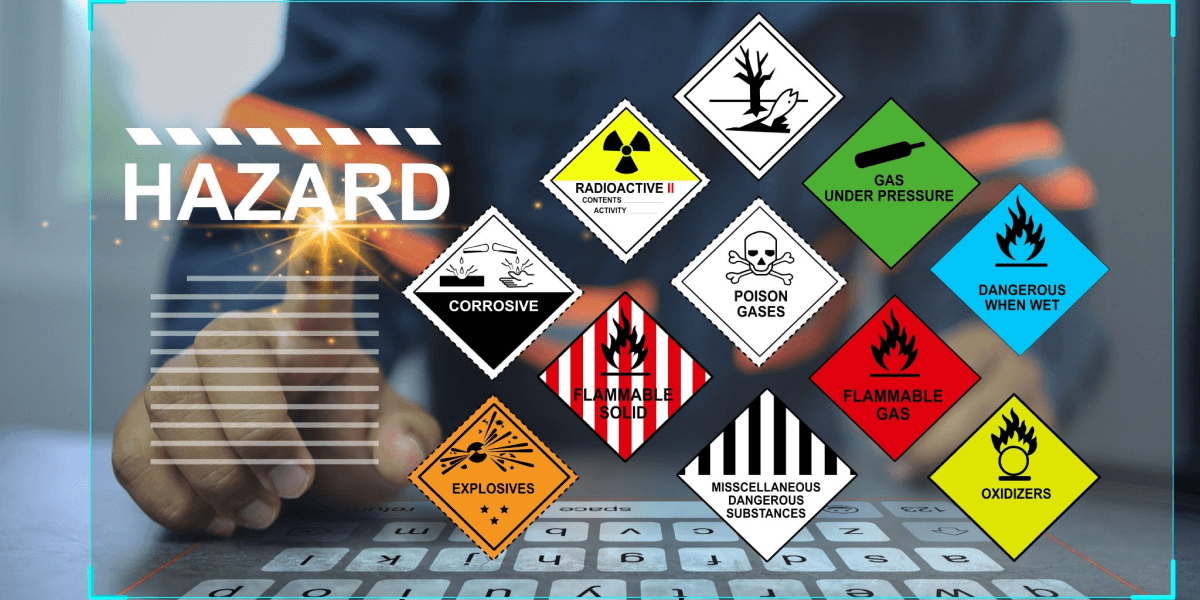
Complacency is fatal, and unacceptable!
The history of fatal workplace accidents is rife with instances of businesses that believed they were safe because of their low Total Recordable Incident Rate (TRIR).
Simply because they invested a lot of time and money into different safety measures. But disasters like the Texas City Refinery explosion (15 fatalities), the Deepwater Horizon (11 fatalities), and LaPorte Texas (4 fatalities) frequently caught the companies involved completely off guard.
Low incidence rates, detailed processes, “cardinal” safety laws, and a plethora of vendor-supplied safety measures do not, however, guarantee your safety or immunity from harm.
A thoughtful response is necessary to prevent such surprises. examining your safety system closely and objectively to find the necessary flaws.
Key elements of health and safety management system
Your Safety Management System should include key elements such as a safety management system and key elements.
Safety Management Systems can be found in a variety of industries, but they all share a core structure. So, what are the essential elements of an SMS, and do you have them?
What remain, the essential elements of a Safety Management System?
Whether you use paper-based or digital SMS, the four SMS pillars should always be included in your programme:
Critical importance of worker feedback
Workers provide invaluable first-hand information. Every day, they are influenced by the attitudes of those who work with them. This means employees will understand where a company’s safety is strong, where it is weak, and which areas are most affected.
Employee feedback assists businesses in developing more robust, realistic, and effective safety policies.
Workers rely on their employers to implement safety policies that consider their experience, industry standards, and legally mandated best practices.
Employers rely on workers to provide a direct perspective on how safety policies affect and shape the work being done.
This interaction between employees and management is what improves and strengthens company safety.
Employers should establish a direct line of communication between the supervisors who set safety policies and the employees who adhere to those policies. Utilizing employee feedback fosters trust and improves the efficiency of safety policies and strengthens the foundation of a company’s safety culture.
By assigning people specific SMS tasks, you will have a clear understanding of who has which role in the management of your SMS and will be able to ensure that all duties are met. To accomplish this, we recommend beginning at the top of management and working your way down:
Executive Team: Accountable for the SMS, ensures adequate resources are available, and promotes a safety culture.
Safety Manager: Leads the SMS effort, including SMS data processing, corrective action recommendations, monitoring industry safety data, and other SMS management tasks.
Assumes SMS tasks specific to their areas of expertise and contributes to safety topics, submitted reports, issue resolutions, and reviewing changes for effectiveness.
You can also keep the reporting anonymous to mitigate the fears. Organizations need to engage employees at all levels to inbuilt a culture to report every near-miss incident. Incorporating safety software with mobile apps makes it easy for everyone concerned to report a near-miss.
Coordination of emergency response plans
An emergency response plan should be included in your SMS (ERP). This includes a detailed action plan that you can use in the event of an emergency, as well as relevant contact information.
Documentation for SMS
This includes any documentation, manuals, and forms required to back up your SMS, such as employee safety duties and responsibilities and reporting. A digital SMS simplifies the completion of reports and the storage of all paperwork.
Identifying hazards
This is the essence of SMS: with consistent reporting, you can analyze your SMS data to spot trends, identify hazards, and pinpoint underlying causes, allowing you to avoid potential accidents and incidents.
Assessment and mitigation of safety risks
You can mitigate risk and avoid potentially costly issues, inconvenient delays, and worse by properly preparing for an operation by assessing potential hazards.
Assurance of Safety
Safety should be monitored and measured.
Setting useful and relevant safety goals allows you to work towards making your organization safer in a defined manner. Internal audits of your operation are recommended to determine which of your set targets are being met.
Management of Change
The implementation of new policies and procedures can be disruptive or confusing. Using a Change Management Plan to manage and review how your organization will adopt and adapt to changes, as well as to mitigate potential risks.
Continue to improve your SMS
Track your performance and progress using your Safety Performance Indicators (SPIs). The more mature your SMS, the more important your SPIs will become.
Training and education for safety promotion
It’s time to train and educate your team on the various sections of your SMS.
If we talk about TECH-EHS eLearning courses, these are one of the best possible ways to train the safety professionals and instil the safety perspective within, that every team leader aims for.
Whatever comes their way, such small bites of information stay handy with them and acts as a confidence booster while they perform their jobs.
Remember that this is a long-term commitment, not a one-time training session. It will assist your employees in keeping safety at the forefront of their minds.
Communication about safety
Make certain that established processes are communicated to everyone at all levels of the organization.
Send out regular messages, articles, and news items to encourage people and keep them up to date on the organization’s current safety status and activities.
Check that your SMS contains these components.
When operators formalize their safety culture, they collect more data that they can use to make informed decisions about setting appropriate safety goals.
The great thing about a Safety Management System is that it can be as simple or as complex as you need it to be. Making SMS usage a habit adds no additional burden to your workload.
Mutual trust makes safety possible.
The first, employee engagement, indicates to employers which aspects the safety program should be refined and clarified.
The second indicator, employee attitude, shows employers where there are safety gaps in tasks that require immediate attention before issues or incidents occur.
When management supports and actively promotes the use of SMS, the entire team is more likely to incorporate it into their daily operations. The best safety cultures foster an environment in which employees feel safe and empowered to speak up about and report safety concerns.



